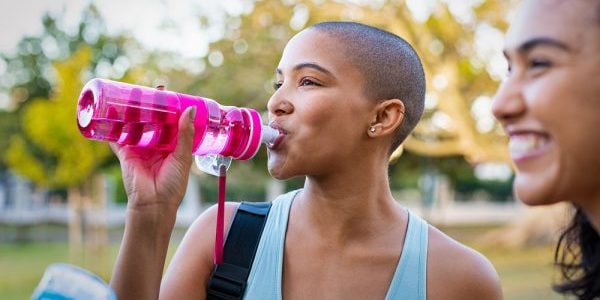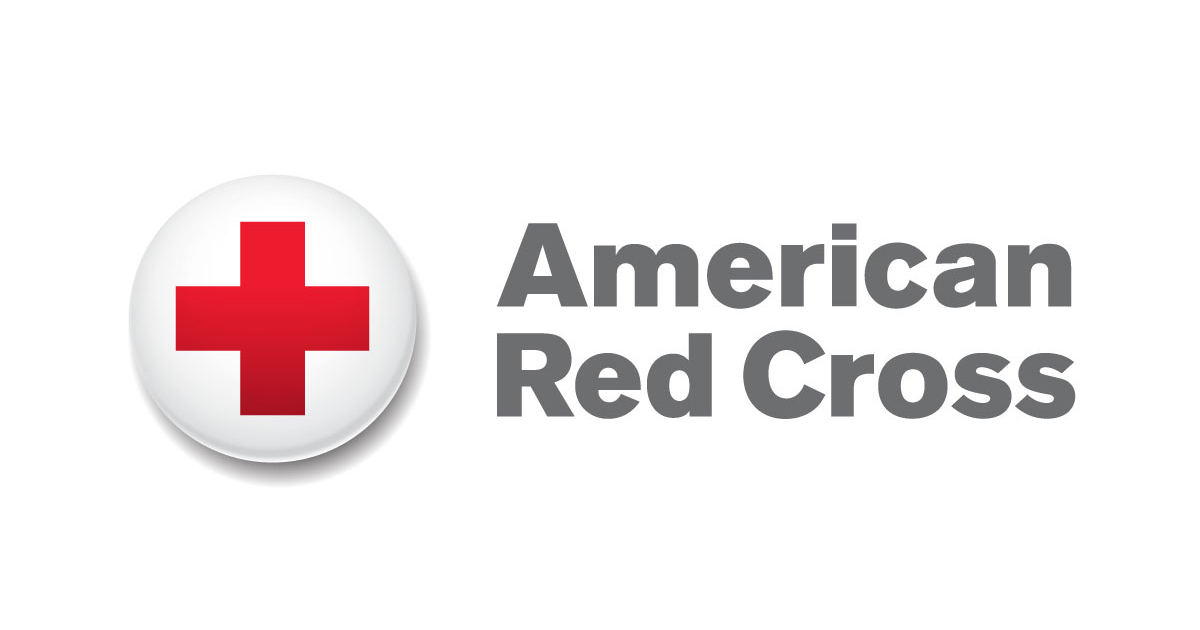
Healthy Headlines
Plymouth Public Schools Health and Wellness
🌞Summer Edition 🌞
Our Health Services team hopes that you are having a fun, relaxing and safe summer🌞. We would like to share some news, tips, and information related to supporting your families' health, wellness, and safety during these beautiful summer months! As we get later into the month of August when the summer begins to wind down, our nurses will begin to prepare their health offices for a new, exciting school year. We hope you check out our health office reminders in this edition - and if you have any questions or concerns please feel free to reach out! In the meantime, please take note of all the great safety tips included in this edition as well, enjoy!
💧Choose Water for Healthy Hydration 💧
😎Summer Sun, Heat & Air Quality: Tips to Keep Kids Safe😎
🌞🧴Sun Safety: Information for Parents About Sunburn & Sunscreen🌞🧴
Warm, sunny days are wonderful. It's good for children to spend time playing and exercising outdoors, and it's important they enjoy it safely. Here are some tips on how to help keep your family safe from too much exposure to the sun's harmful rays.
Simple rules to protect your family from sunburns
Keep babies younger than 6 months out of direct sunlight. Find shade under a tree, an umbrella, or the stroller canopy.
When possible, dress yourself and your children in cool, comfortable clothing that covers the body, such as lightweight cotton pants, long-sleeved shirts, and hats.
Select clothes made with a tight weave; they protect better than clothes with a looser weave. If you're not sure how tight a fabric's weave is, hold it up to see how much light shines through. The less light, the better. Or you can look for protective clothing labeled with an Ultraviolet Protection Factor (UPF).
Wear a hat with an all-around 3-inch brim to shield the face, ears, and back of the neck.
Limit your sun exposure between 10:00 am and 4:00 pm when UV rays are strongest.
Wear sunglasses with at least 99% UV protection. Look for youth-sized sunglasses with UV protection for your child.
Use sunscreen.
Make sure everyone in your family knows how to protect his or her skin and eyes. Remember to set a good example by practicing sun safety yourself.
Sunscreen
Sunscreen can help protect the skin from sunburn and some skin cancers but only if used correctly. Keep in mind that sunscreen should be used for sun protection, not as a reason to stay in the sun longer.
Use a sunscreen that says "broad-spectrum" on the label; that means it will screen out both UVB and UVA rays.
Use a broad-spectrum sunscreen with a sun protection factor (SPF) of at least 15 (up to SPF 50). An SPF of 15 or 30 should be fine for most people. More research studies are needed to test if sunscreen with more than SPF 50 offers any extra protection.
If possible, avoid the sunscreen ingredient oxybenzone because of concerns about mild hormonal properties. Remember, though, that it's important to take steps to prevent sunburn, so using any sunscreen is better than not using sunscreen at all.
For sensitive areas of the body, such as the nose, cheeks, tops of the ears and shoulders, choose a sunscreen with zinc oxide or titanium dioxide. These products may stay visible on the skin even after you rub them in, and some come in fun colors that children enjoy.
How to apply sunscreen
Use enough sunscreen to cover all exposed areas, especially the face, nose, ears, feet, hands and even backs of the knees. Rub it in well.
Put sunscreen on 15 to 30 minutes before going outdoors. It needs time to absorb into the skin.
Use sunscreen any time you or your child spend time outdoors. Remember that you can get sunburn even on cloudy days because up to 80% of the sun's UV rays can get through the clouds. Also, UV rays can bounce back from water, sand, snow, and concrete, so make sure you're protected.
Reapply sunscreen every 2 hours and after swimming, sweating or drying off with a towel. Because most people use too little sunscreen, make sure to apply a generous amount.
Sunburns
If your baby is younger than 1 year old and gets sunburn, call your their doctor right away. For older children, call your child's doctor if there is blistering, pain or fever.
Here are 5 ways to relieve discomfort from mild sunburn:
Give your child water or milk to replace lost fluids.
Use cool water to help your child's skin feel better.
Give your child pain medicine to relieve painful sunburns. (For a baby 6 months or younger, give acetaminophen. For a child older than 6 months, give either acetaminophen or ibuprofen.)
Only use medicated lotions if your child's doctor says it is OK.
Keep your child out of the sun until the sunburn is fully healed.
Remember:
The sun gives energy to all living things on earth, but it can also harm us. Its ultraviolet (UV) rays can damage skin and eyes and cause skin cancer. One-quarter of our lifetime sun exposure happens during childhood and adolescence.
Since children spend a lot of time outdoors, especially in the summer, it's important to protect them from the sun. Talk with your pediatrician if you have any questions about sun protection for your child.
💻8 Tips for Caregivers to Encourage Digital Well-Being 📱
🌊Water/Swimming Safety 🌊
Preventing Drowning - An Important Message from the CDC
Learn basic swimming and water safety skills
Formal swimming lessons can reduce the risk of drowning.
Children who have had swimming lessons still need close and constant supervision when in or around water.
Build fences that fully enclose pools
Construct and use a four-sided fence that is at least four feet in height and fully encloses the pool. The fence should separate the pool from the house, with self-closing and self-latching gates. Remove all toys from the pool area that might attract children to the pool when the pool is not in use.
Supervise closely
Designate a responsible adult to supervise closely and constantly when children are in or near water (including bathtubs). You can assign a specific adult to supervise each child when they have access to water. Adults watching kids in or near water should avoid distracting activities like reading, using the phone, and consuming alcohol or drugs, because drowning happens quickly and quietly.16
After swim time is over, shut and lock doors that give access to water. Be proactive and learn about any risks when visiting another home or unfamiliar location. Adults should supervise children closely even when lifeguards are present.
Wear a life jacket
Life jackets reduce the risk of drowning while boating for people of all ages and swimming abilities. Life jackets should be used by children for all activities while in and around natural water.
Life jackets can also be used by weaker swimmers of all ages in and around natural water and swimming pools. Do not rely on air-filled or foam toys, as these are not safety devices.
Learn CPR
Your CPR skills could save someone's life in the time it takes for paramedics to arrive. Many organizations such as American Red Cross and American Heart Association offer CPR training courses, both online and in-person.
Know the risks of natural waters
Lakes, rivers, and oceans have hidden hazards such as dangerous currents or waves, rocks or vegetation, and limited visibility. Check the forecast before activities in, on, or near water. Local weather conditions can change quickly and cause dangerous flash floods, strong winds, and thunderstorms with lightning strikes.
Avoid alcohol
Avoid drinking alcohol before or during swimming, boating, or other water activities. Alcohol impairs judgment, balance, and coordination. Do not drink alcohol while supervising children.
Use the buddy system
Always swim with a buddy. Choose swimming sites that have lifeguards when possible. The buddy system is especially beneficial for people with seizure disorders or other medical conditions that increase their risk of drowning.
Take additional precautions for medical conditions
Know if your medical condition might increase your risk for drowning and take extra care. For example, if you or a family member have a seizure disorder like epilepsy, have one-on-one supervision around water. People with seizure disorders can also consider taking a shower rather than a bath. Take extra precaution around water if you or a family member has other conditions that can increase drowning risk, like heart conditions or autism.
Consider the effects of medications
Avoid swimming if you take medications that impair your balance, coordination, or judgement. These side effects increase the risk of drowning. Several medications can produce these side effects, such as those used for anxiety and other mental health conditions.
Don't hyperventilate or hold your breath for a long time
Do not hyperventilate before swimming underwater or try to hold your breath underwater for long periods of time. This can cause you to pass out and drown. This is sometimes called "hypoxic blackout" or "shallow water blackout"
🏊🏻♂️Town of Plymouth Beach and Pond Information 🚣🏻♂️
There are several beaches and ponds with recreational areas that are operated, managed, and maintained by the Town of Plymouth:
🏫🩺Back to School - Health Office Reminders🩺🏫
As the 2024-2025 school year rapidly approaches, your school nurse educators would like to provide the following reminders:
- If your student had a physical scheduled over the summer, don't forget to save a copy of that physical form from their doctor to give to your nurse educator at the start of the school year
- All medications being administered to your student require a physician's order; feel free to get a jump on the 2024-2025 school year and ask your student's physician for a new written order
- Ensure your student's medications including Epi Pens and inhalers are current and have not expired
- Request a refill of any medication that your student may be taking during the school day; as a reminder the the first day of school for grades 1-12 is August 28th; Kindergarten students start on August 29th











